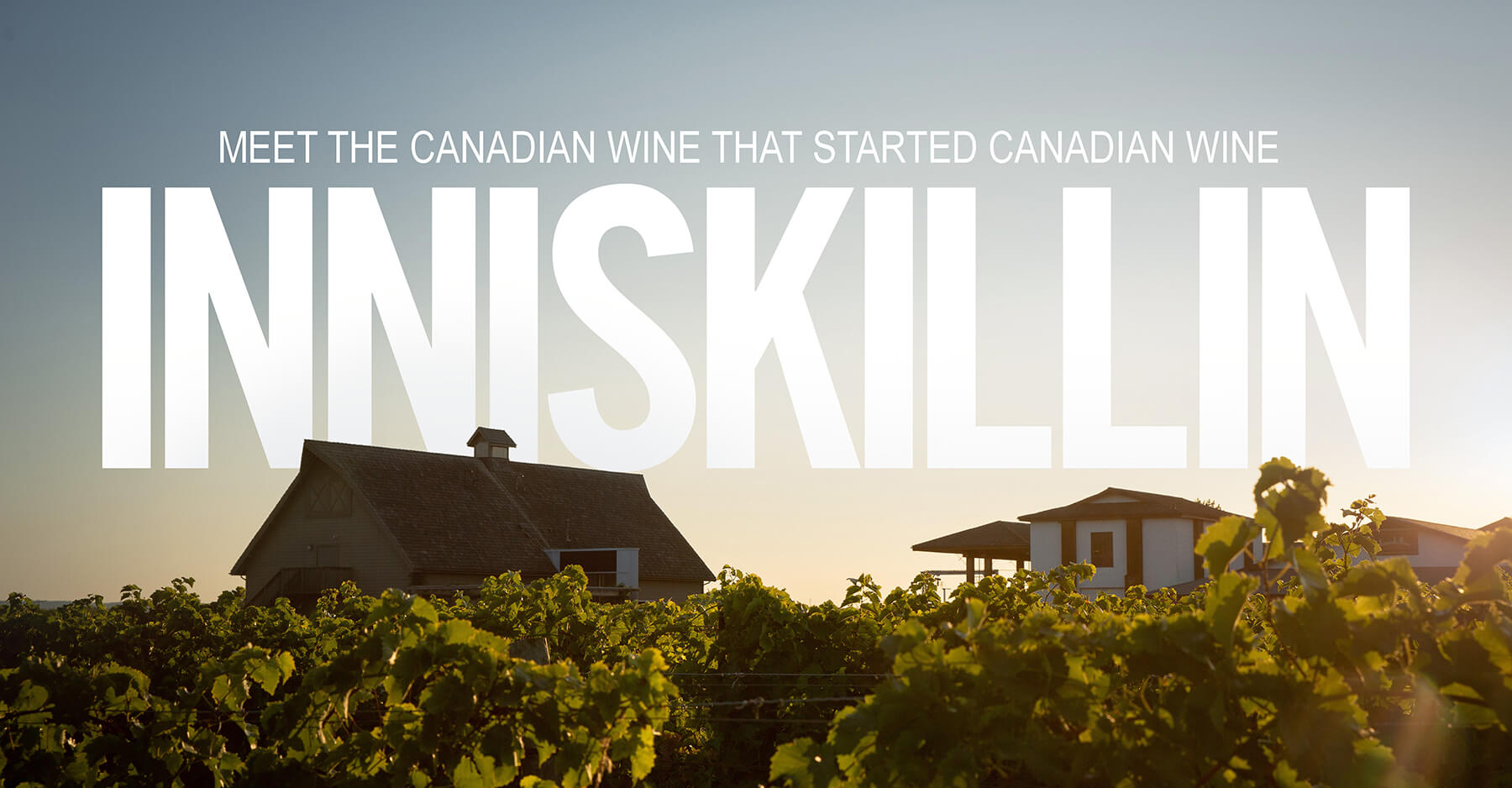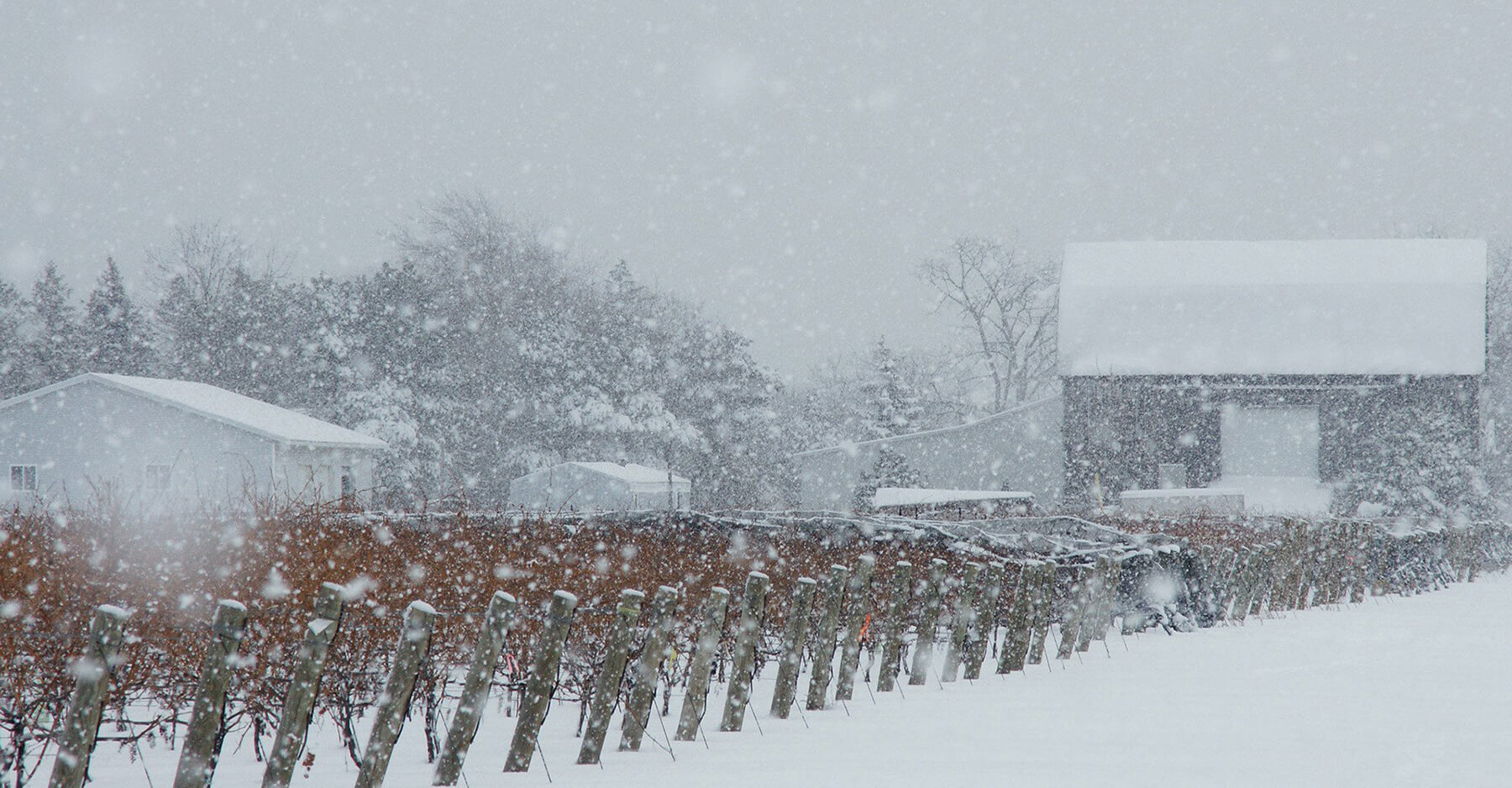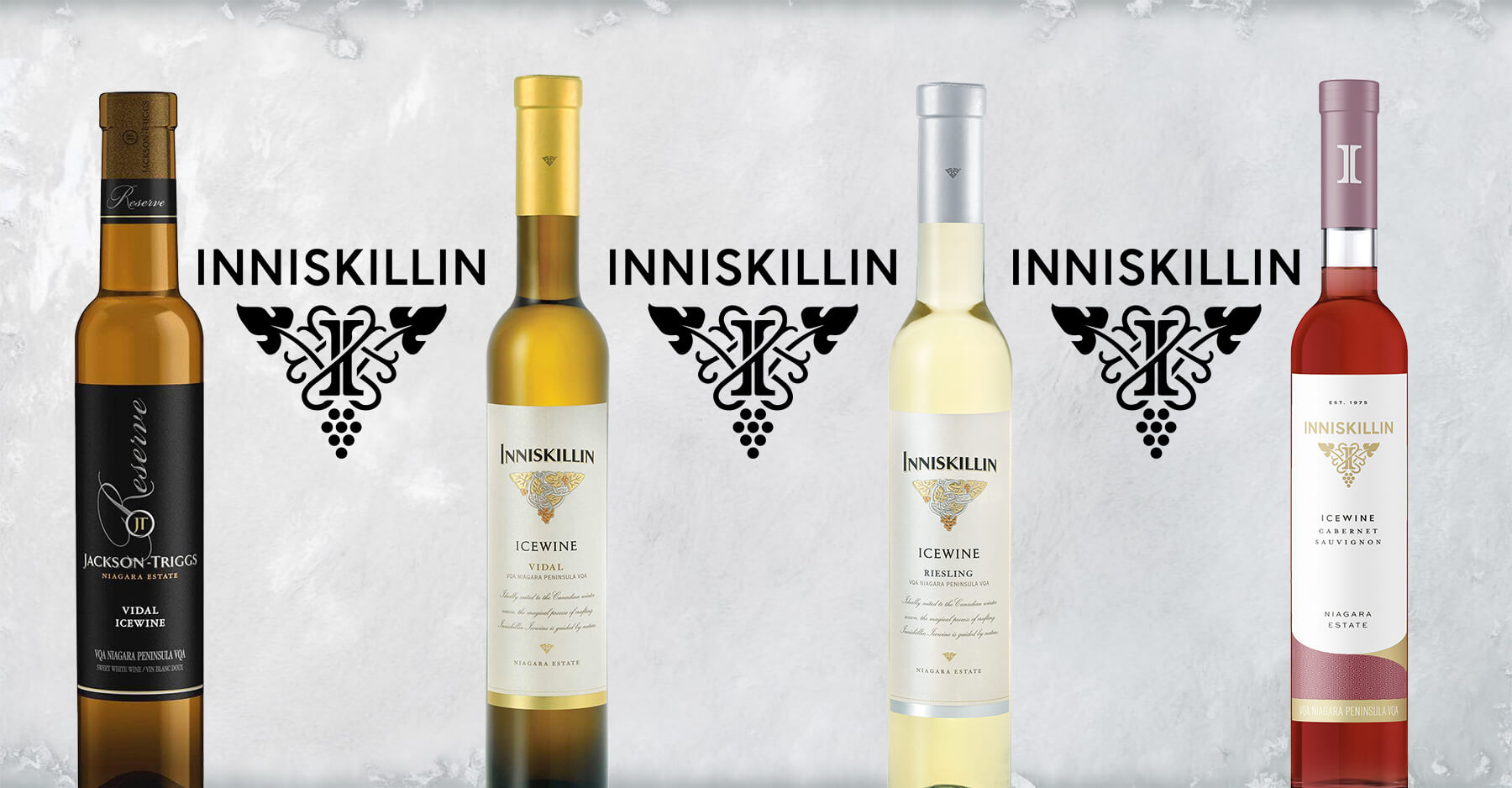MARK'S MUSES
FEB
24, 2024

Mark Gmur, CWE
“Breaking the Ice with Inniskillin: Extreme Winemaking Techniques in Crafting Exceptional Icewine”

As we start to look beyond the heart of the winter season, and towards slightly warmer temperatures, I find myself reflecting about the complicated and challenging nature of making one of the wine world’s finest creations – Icewine over the winter season. Therefore, it felt like the perfect time to check in with our Icewine partner, Inniskillin, about their most recent harvest on the Niagara Peninsula.
Winemaking has long been a delicate art, with vintners experimenting with various techniques to create unique and exceptional wines. Among these, Icewine stands out as a testament to the marriage of nature’s whims and human ingenuity. Harvested under the harshest conditions, Icewine captures the essence of frozen grapes, resulting in a sweet nectar that has wine enthusiasts across the globe clamoring for a taste. In this muse, let’s delve into the extreme winemaking techniques employed to produce the liquid gold known as Icewine.

Icewine begins its journey with a crucial decision – the timing of the harvest. Unlike traditional grape harvesting, Icewine grapes are left on the vine well into the winter months. Vintners carefully monitor the weather, waiting for the perfect combination of freezing temperatures and a dry atmosphere. This late harvest allows the grapes to dehydrate and intensify their flavors, setting the stage for the unique taste that ice wine aficionados crave.
The magic of Icewine lies in the freezing of the grapes while still on the vine. Winemakers often rely on Mother Nature to lend a helping hand, waiting for the temperatures to drop to a precise range of -8°C/17°F to -14°C/7°F. This natural deep freeze is crucial for concentrating the sugars in the grapes and achieving the desired balance of sweetness and acidity. Today, Icewine is the most highly-prized wine in Germany and Austria, as well as Canada. In Germany and Austria, the grapes for “Eiswein”, as it is known in those countries, are picked at around -7°C/19°F. Most producers in Canada pick at -8°C/17°F, while Inniskillin winemaker Nicholas Gizuk picks their grapes at an incredibly minimum low of -10°C/14°F. “I like waiting till -10°C, till my grapes are frozen solid all the way through,” says Gizuk. “Gives me a little bit more control over the juice on the back end.”
Thanks to the polar vortex, which Gizuk saw coming in the forecast, Niagara hit that temperature the night of Jan. 14.

Once the perfect freeze sets in, the Inniskillin winemaking team springs into action. In an extreme measure to preserve the integrity of the grapes, harvesting is done at night when temperatures are at their coldest. This meticulous process involves handpicking the frozen grapes to ensure that they remain in pristine condition, ready for the next phase of winemaking.
The winemakers face another challenge – pressing the frozen jewels without allowing them to thaw. In many wineries, frozen grapes are often swiftly transported to a pressing facility, but in the case of Inniskillin, they are pressed right there in the vineyard.
Randy Dufour, Head of International Business for Arterra, Inniskillin’s parent company, explained the pressing process in the vineyard to me. “Using basket presses with very heavy-duty hydraulics, emitting thousands of pounds of pressure on the frozen grapes that resemble frozen marbles, it takes hours of heavy pressing before we start to see a small trickle of nectar emerging at the bottom, almost like squeezing the droplet of soul out of each grape. The yields are tiny, but very concentrated – and why the price is high…we yield 8-10% of what we would versus table wine.” The Inniskillin team spent a week harvesting and pressing Icewine grapes, finishing on January 21.

The extreme winemaking journey continues with the slow fermentation process. The concentrated grape juice is fermented at a lower temperature than usual, allowing the yeast to work its magic at a measured pace. This slow fermentation is crucial for maintaining the unique characteristics of ice wine, ensuring that the final product is a symphony of sweetness, acidity, and complexity.
Icewine stands as a testament to the lengths winemakers are willing to go to produce a truly exceptional beverage. From the late harvest to the freezing temperatures and night harvesting, each step in the process demands precision and expertise. The result is a liquid delicacy that captivates the palate and leaves an indelible mark on the world of wine. So, the next time you savor a glass of Inniskillin Icewine, remember the extreme winemaking techniques that went into creating this frozen elixir – a true labor of love from vine to glass.
